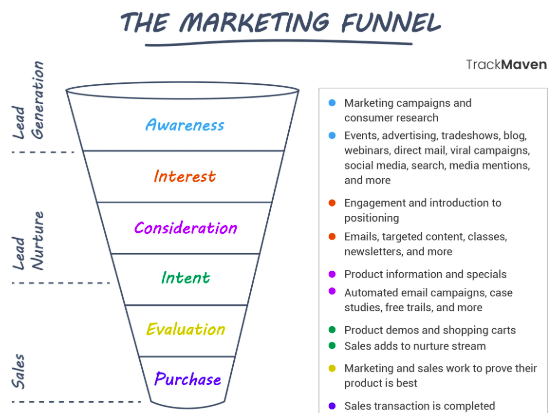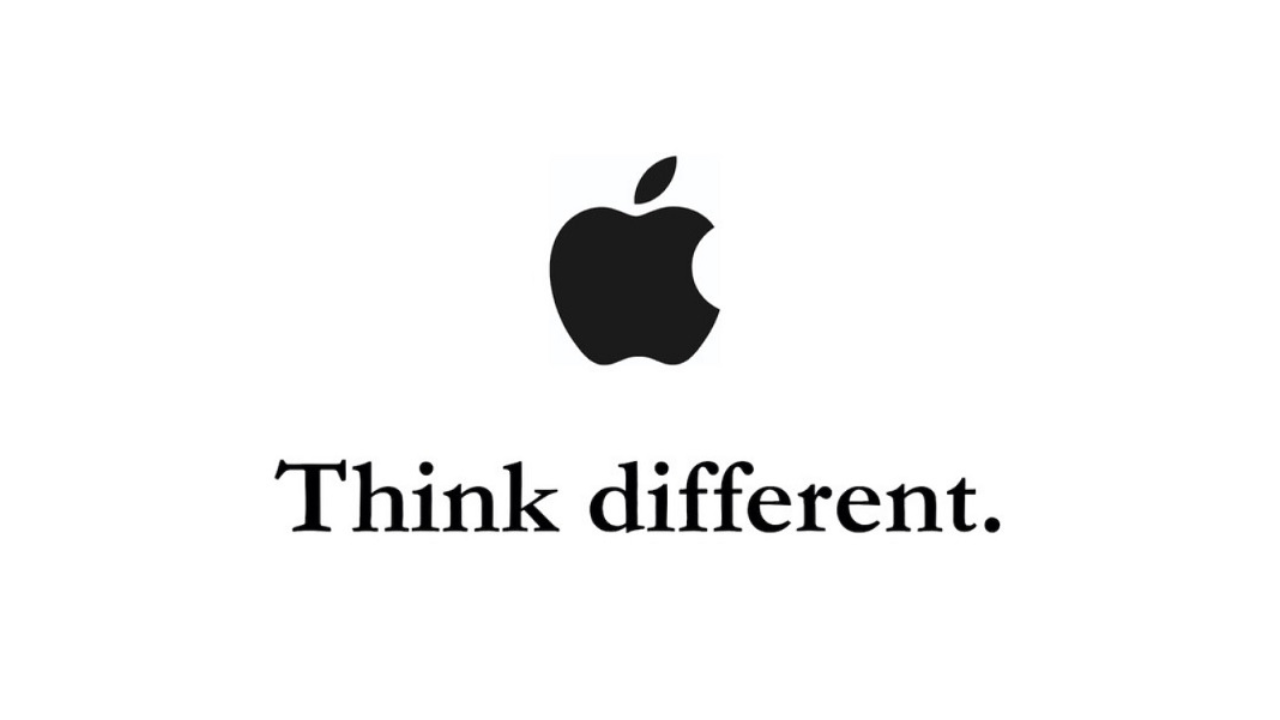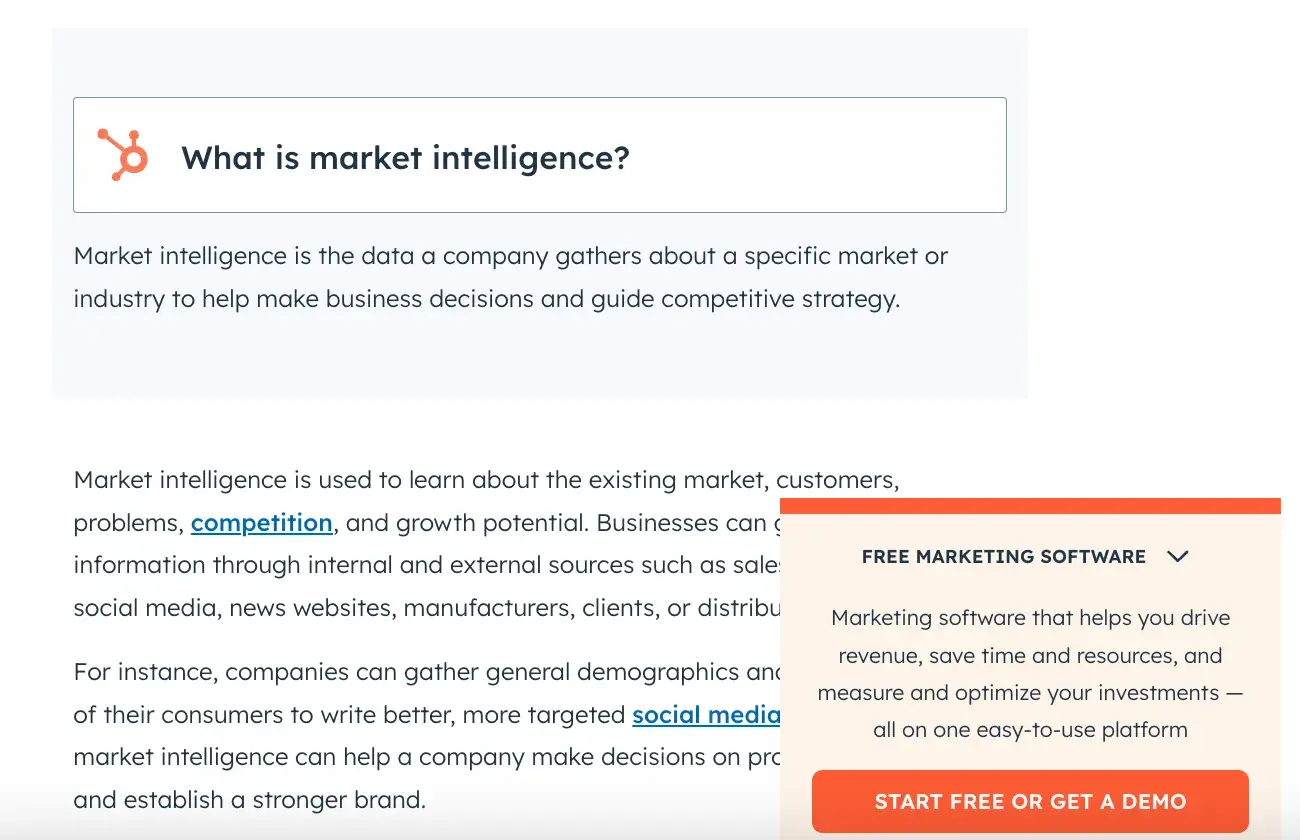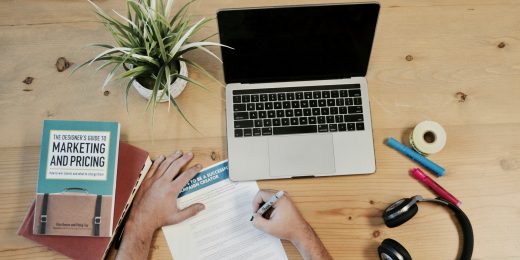Your Guide to Conversion Funnel Optimization in 2025

Conversion Funnel Optimization: The Complete How-To Guide
Only 13% change in the conversion funnel, in particular the shift from 3% to 3.5% would boost the revenue by 17%. That’s the magic of conversion funnel optimization. From a friendly welcome to a registration, every move in the sequence of your e-commerce or lead generation funnel is important. If it is kept neat and organized, it becomes an automatic catalyst of interest.
Read on to find out how to revitalize your funnel and gain practical tips on how to maximize your results.
The Journey Through Conversion Funnels Explained
Conversion funnel optimization can actually enhance performance, minimize friction, and raise the odds of turning prospects into long-term, loyal customers.
Sales pipelines aren’t just for online stores: they help boost sign-ups or online meeting registrations for almost any business type. A well-tuned conversion funnel helps companies find weak and strong customer segments.
One of the main issues is that abandoned carts are becoming more common in the conversion chain, with an average rate of 69.57%. The core reasons are additional costs, complexity of the checkout process, and lack of trust, which negatively affect income. A few years ago, this resulted in a loss of almost $2.8 trillion in potential sales.
- It’s a golden rule: if traffic budgets outpace investments in clear landing pages or smooth checkout processes, inefficiencies can undermine results. Streamlining these elements guarantees effective progress and eliminates bottlenecks.
Before you start the optimization process, detect where your B2B conversion funnel stands — is it the first stage of awareness or the final decision?
Comparing the Three Different Conversion Funnels
Your conversion funnel can be likened to the hidden map customers see after initial contact with your brand until they accomplish your desired action. You can see how funnels work and the associated obstacles so support brands can succeed and gain the most.
Learn how to build a conversion funnel, and then you will see the types of conversions that brands often struggle to make.
1. E-Commerce Funnel
| Awareness | A potential buyer discovers your product through ads, social media, or a search engine. |
| Interest | They tap on the advertisement on your website, or browse the whole page. |
| Desire | Detailed product pages and extended customer reviews ignite the curiosity of any client. |
| Action | Adding your product item to carts and completing the checkout. |
This straightforward funnel demands an errorless integration of online marketing tactics and a frictionless user journey, transforming casual onlookers into devoted patrons. It is known that B2B websites with a load time of only one second experience sales funnel conversion rates five times higher than those with a 10-second delay.
2. SaaS Free Trial Funnel
| Awareness | A visitor lands on your blog post or hears about your software on LinkedIn. |
| Interest | An effectively crafted landing page captures interest and motivates visitors to enroll for a free trial. |
| Desire | Onboarding emails and in-app guides enhance interaction with a product’s complete capabilities. |
| Action | After experiencing the value during the trial, users decide to switch to the full plan. |
Studies indicate that conversion rates are highly industry-specific. For instance, in B2B SaaS, visitor-to-trial opt-in rates can range from 7.4% in cyber defense to 9.7% in CRM sectors.
However, optimizing each funnel stage — from awareness to the free trial signup — can dramatically increase conversions. For example, companies offering opt-in free trials see notably higher conversion rates (18.2%) from trial to paid compared to those with opt-out models (48.8%).
3. Lead Generation Funnel
Statistics support this method: companies nurturing leads now can generate 50% more sales at 33% reduced costs. What is more, nurturing leads can lead to 20% more sales opportunities than those that aren’t nurtured.
| Awareness | A webinar invitation catches the audience’s eye. |
| Interest | Users give emails in exchange for gated content. |
| Desire | A series of high-quality and catchy emails nurtures more leads and builds trust. |
| Action | Users receive individual offers that make them decide, whether they make a purchase or book a demo. |
What Are the Stages of Conversion Funnel Success?
Here’s a conversion funnel visualization that highlights the pathways that lead customers from the first contact to conversion.

Source: ClickFunnels
Top of the Funnel (Lead Generation)
Awareness
Goal: Spread the word about your brand to a wider audience.
Why it matters: More than 80% of shoppers conduct research before making a purchase, spending 75% of their time searching for information. It’s important to become the source they will find first.
What to do:
- Be where potential customers search the most for a particular product or service, whether it’s social media, search platforms, or thematic blogs.
- Create and share interesting content, for example, informative videos, infographics, guides, or webinars.
- Improve your website’s ranking in search engines and do not forget to use Google Ads or social media ads to increase visibility.
The result? Your company becomes recognizable, and potential customers learn that you are the one who can solve their problem.
Middle of the Funnel (Lead Nurturing)
Interest
Goal: Transform fleeting curiosity into a lasting desire to explore your company or product further.
Why it matters: The majority, namely 95% of buyers, read reviews before making a decision, so your task is to stay on their radar.
What to do:
- First, share value by sending personalized emails with useful information, recommendations, or special offers.
- Be interactive and invite customers to participate in short surveys, social media discussions, or webinars.
- Always track your engagement by analyzing each email open, link click, and comment on the website.
The result is a real piece of cake: you build trust, evoke sympathy, and stay in the spotlight.
Consideration
Goal: Guide potential customers toward evaluating your product or service as a solution to their needs.
Why it matters: At this stage, prospects are actively comparing options, and providing them with the right information can influence their decision.
What to do:
- Focus on sharing more in-depth content, such as product detailed characteristics, interactive comparisons, success stories, and customer reviews
- Create specific web pages for various customer types, giving them the needed details and helping them make the best decision
Intent or Desire
Goal: Convert the customer’s interest into intent.
Why it matters: Here, the prospect starts to form a strong preference for a proprietary product or service. This is just the right time to clearly demonstrate the high worthiness of your offerings.
What to do:
- Highlight USPs and user success narratives
- Introduce flash sales or bonuses to create a sense of urgency
- Demonstrate product benefits through live demos, testimonials, or videos
Here’s an example of Apple’s USP:

Source: Apple
With USP, it becomes easier for a company to demonstrate its key features or products, as well as encourage repeat business and distinction.
Bottom of the Funnel (Sales)
Evaluation & Purchase
Goal: Simplify and clarify the purchase process to ensure smooth conversions.
Why it matters: The consumer process should be made easy in the decision point so that the whole process is uncomplicated for the end-consumer. The following benefits in persuading the customers are giving them price, promotion, or test.
HubSpot masters this area by providing strategic, unobtrusive CTAs that heighten the user experience without disrupting the content flow. As demonstrated, HubSpot’s CTA, positioned in the middle of the article on market intelligence, illustrates how a timely and relevant prompt can enhance value.

Source: HubSpot
What to do:
- The process should be simple and understandable, with steps that can be easily followed by the user.
- Give the customer something free, discount, trial or even one special promotion that will make the decision less hassle.
- Look at how many prospects finish an order since it is a measure of the process’s effectiveness.
Frequent Errors in the Conversion Funnel
Nobody posits that gaining success is simple due to numerous obstacles that may arise, but they can be navigated far more effortlessly if you’re aware of what you are facing.
| Audience misalignment | When you aim your efforts at the wrong audience, you end up with many leads who aren’t keen on your products/services. This disconnect wastes time, drains resources, and increases ad costs.
Focus on data-based targeting. Try out platforms like CRM insights and survey input to perfect your customer profile. |
| Leaky funnels | They abandon half the process as it is very confusing, they wonder or they do not know why they are having trouble, or they receive unneeded messages. Google Analytics or Heatmaps can be helpful in locating drop-off points for certain activities. |
| Content overload | A large number of topics at once might burden the users and cause them to leave the advertisement. Provide content to users in a clear, concise, easy-to-follow way at every stage – first, introduction; then, details; and finally, educational materials like webinars or case studies. |
| Other barriers | As it stands, there are often times when it is not clear whether someone in their search process has crossed through all of the different steps. Choosing parameters at or below TUMU or using a reasonably appropriate CRM system is acceptable. |
Conversion Funnel Optimization Leading Practices
Create offers that can’t be ignored
The best offer can instantly motivate a customer to take action. Use limited-time promotions or timers to create a sense of urgency. Set the tone for each stage: free resources for new customers, unique offers for regular customers.
Retarget potential customers with retargeting
Lost a visitor? No problem. Targeted reminders or personalized messages can regain interest and lead to a purchase.
Shorten the path to purchase
Each step in the funnel should serve a single purpose. Avoid overloaded pages and unnecessary clicks. Give customers what they need – simply and without obstacles.
Show that you are trusted
Trust is key. Use reviews, ratings, recommendations. This will give your customers confidence and strengthen your reputation.
Make navigation clear
Your site is a guide, not a maze. Make it easy to find products, leave a prominent checkout button, and remove all the clutter.
Optimize for smartphones
Mobile experience is everything. Ensure fast loading pages, clean design, and a user-friendly experience on the go.
Personalize the experience
Personalization is always in trend. Use data to offer exactly what your customers are interested in, from products to content.
Remove barriers
Opaque prices or complicated checkout processes are a turnoff or friction in the shopping process which reduces conversions. Eliminate it:
- Simplify the journey. Clear design and logical navigation make the purchase process easier.
- Keep it transparent. Show all costs up front and offer free shipping.
- Optimize the interface. Adapt your site for mobile devices, ensure fast loading and usability.
Engage leads effectively
Make it easy to sign up. Ask for only the information you need and offer useful perks like free samples or helpful guides.
Inspiring CTA
Your calls to action should be visible and compelling. A well-worded CTA can be the deciding factor.
Test and adapt
Analyze funnel conversion metrics, test different options, implement changes. Constant experimentation will help you stay relevant.
Evolve with your customers
The conversion funnel stages optimization never ends. Trends change, and your strategies must meet audience expectations. Your goal is long-term relationships and consistent conversions.
Implement Advanced Conversion Funnel Instruments for Boost Conversion Rate in 2025
In 2025, the following tools can enhance funnel conversion rates: Google Analytics, Optimizely, HubSpot, Hotjar, Unbounce, and Shopify, which can be used to analyze and measure funnel conversion rates.
Consider Zero Parallel’s Open Market, which provides affiliates and advertisers with an advanced platform for streamlined lead distribution and peak performance.
You will be able to understand the procedures of lead processes at the lead-to-value conversion to effectively capture leads at any given point. So through this way, a dynamic system for building enthusiasm and increasing conversion rate is created.
Contact us to enhance your affiliate program, or join as an affiliate and start your journey today.
Frequently Asked Questions
What tools should I use for consumer conversion funnel optimization?
We advise using well established online tools that have gained popularity among businesspeople like Google Analytics, Hubspot, Hotjar or Optimizely. This can be added when tracking behavior and for improving activities for the users.
How to measure the effectiveness of my conversion funnel
Begin by examining how the visitors go down by Google Analytics and find out more about the people who drop off by using A/B Testing in Optimizely. The other tool for monitoring on-site interactions is Hotjar. Such instruments are key to measuring and improving your conversion funnel’s effectiveness.
How to optimize conversion funnel to achieve more results
First, opt for personalization as it will greatly refine the user experience and make customers come back more. Second, using the right tools at each stage of your customer conversion funnel can significantly enhance conversion rates.


